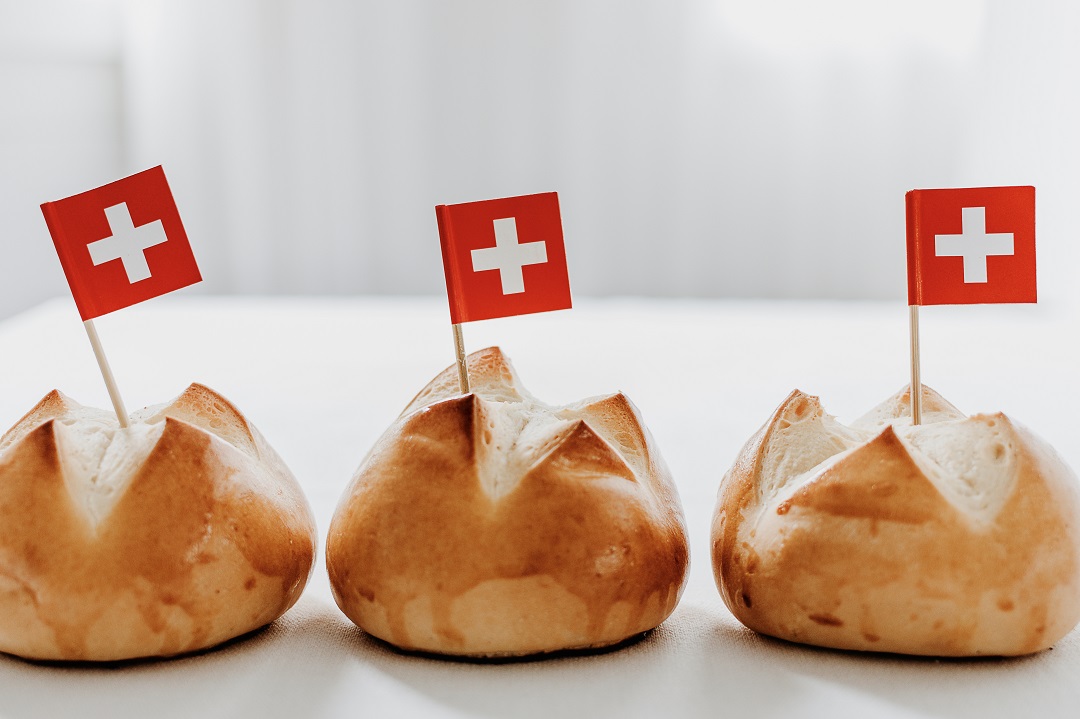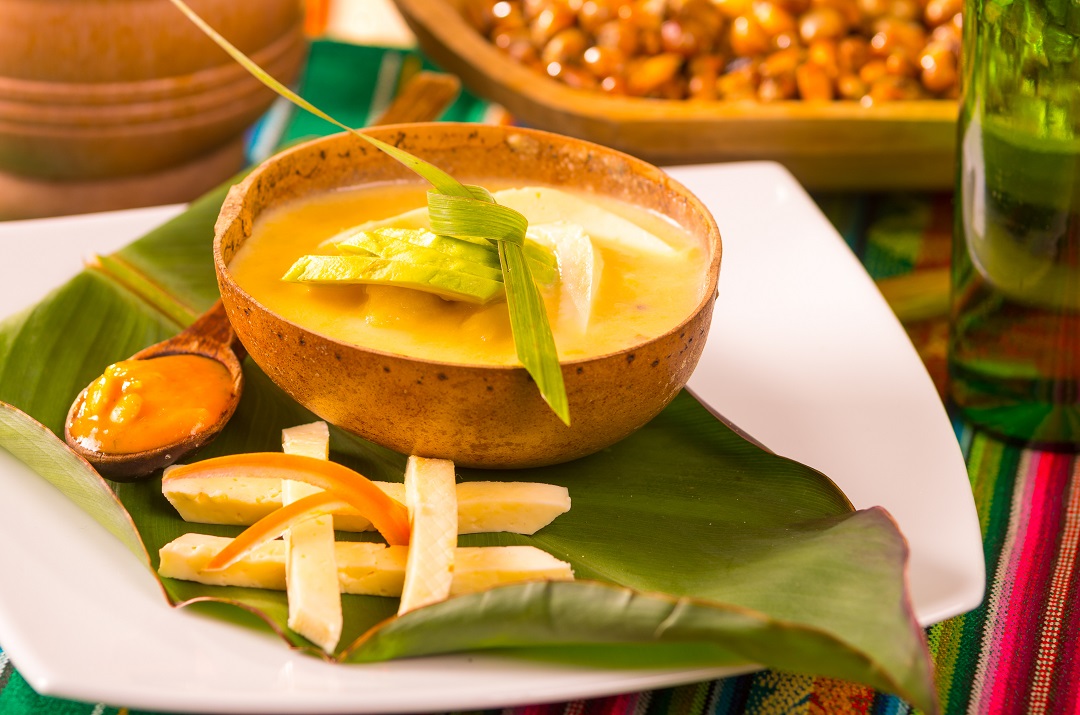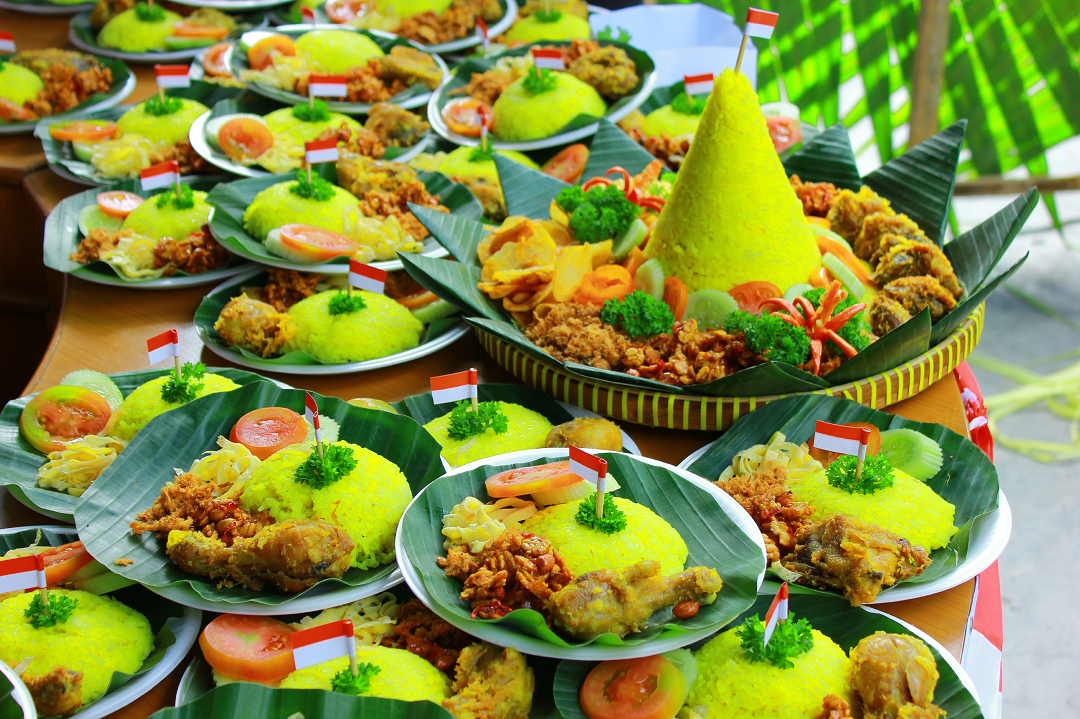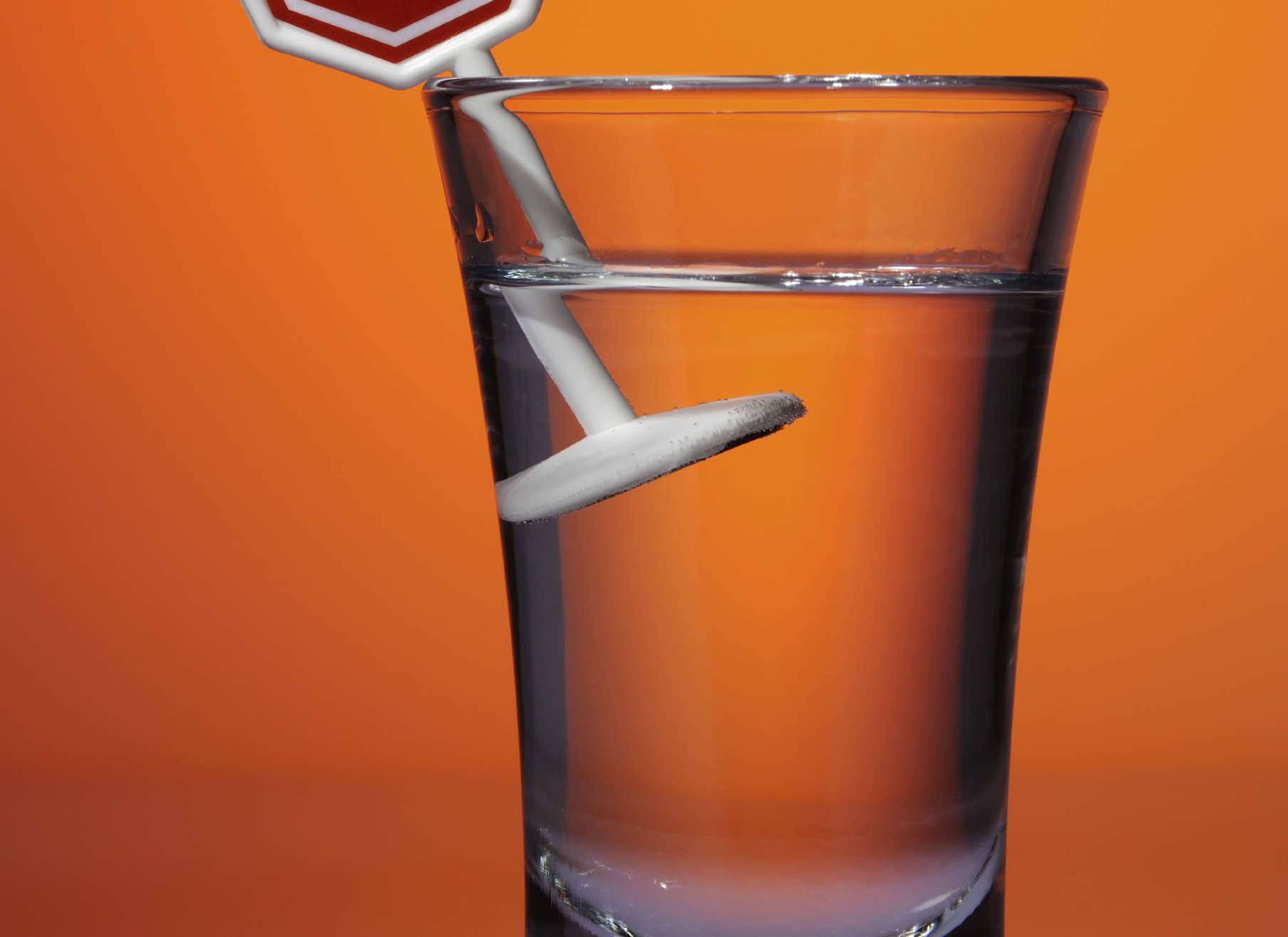Freedom. Festivities. Food.
Three key ingredients to making any Independence Day a success. Go anywhere in the U.S. on the Fourth of July and you would be hard pressed to find a square mile that wasn’t decked out in red, white, and blue or didn’t smell faintly of grilled burgers and hot dogs. Grilled meats are almost a rite of passage on the holiday and it begs the question, if you didn’t eat something special to celebrate did you even celebrate at all? Most places outside of the U.S. would answer no. Food is an integral part of any celebration and Independence days are no exception. So, let’s take a trip around the world in 8 independence days and discover the traditions that make them so special.
New Zealand, Waitangi Day – February 6th
Freedom: In New Zealand, February 6th is the national day set aside to celebrate drafting of the Waitangi Treaty. The country’s founding document was drafted in 1860 to give the indigenous Maori people of New Zealand the rights of British Citizenship and protection from French rule.
Festivities: Celebrations for Waitangi Day occur in New Zealand’s two most populous cities, Auckland and Wellington. In Auckland the celebration includes kite flying and traditional Maori line dancing, called Kapa Haka. In Wellington they host weaving demonstrations and have large audiences present for the telling of traditional Maori myths and legends.
Food: Although there is no one staple food to be eaten during Waitangi Day Celebrations, it is customary to eat Maori food when out celebrating. Some Maori staples include fresh fish, pork and even boiled roots. For step-by-step guided videos on preparing Maori Food you can visit Maori TV to learn more.
Argentina, Día de la Revolución de Mayo – May 25th
Freedom: On the 25th of May, 1810, a small revolution occurred that served as the catalyst for Argentinian Independence movement. This movement led to the Congress of Tucuman, representing modern-day Argentina, Bolivia, and Uruguay, as they declared their independence from Spain.
Festivities: On el Día de la Revolución de Mayo schools are closed and activities range from a solemn mass in the Cathedral to parades through the capital city of Buenos Aires. There are also series of performances put on in the Colon Theatre and family gatherings all throughout the country.
Food: May Revolution Day occurs during the winter months in Argentina so it is no surprise that the traditional foods for the celebration are warm and comforting. The menu for the day includes toasty and flavorful Locro stew that can be made with a variety of squashes or pumpkin, and sampling of sweet pastelitos for dessert.
Italy, Festa della Repubblica – June 2nd
Freedom: Festa della Repubblica, or Republic Day, celebrates the date in 1946 when the Italian people voted to do away with fascism and the monarchy and expressed their desire to become a republic.
Festivities: The main celebration is held in Rome and includes a parade led by the President, band ensemble performances given by the Italian military and police force, and the laying of a wreath on the tomb of the unknown soldier to commemorate those lives lost during World Wars I and II. The most spectacular and highly anticipated event of the day occurs in the afternoon when the Air Force flies over the city leaving billowing trails of green, white, and red smoke that mimic the shape of the Italian flag.
Food: Italians across the country celebrate by cooking regionally specific dishes that showcase a taste of history. With recipes that feature hearty meats and savory seafood and originate from the northern shores of the Adriatic Sea all the way down to the Isle of Sicily, these dishes add the final touch to any Republic Day celebration.
Switzerland, Swiss National Day – August 1st
Freedom: Swiss National Day commemorates an oath taken centuries ago in 1291. Three nations, one of which being Switzerland pledged to protect each other. This date is widely considered the founding of Switzerland; however, the holiday was not popularized until the late 1800s.
Festivities: Unlike many nation’s Independence Day celebrations, the Swiss do not have one federally organized event. There are thousands of celebrations held community-wide across the country that includes bonfires, fireworks, singing of the national anthem, and lantern lighting.
Food: A traditional dish to be made on Swiss national day is August weggen, a Swiss bread usually shaped to look like the national flag. Another unique food tradition is Farmers Brunches. Farmers Brunches are a National Day tradition in which farmers open their doors to local community members to come and feast on farm fresh vegetables meats and cheese grown locally and used to promote community unity.
India, Independence Day – August 15th
Freedom: Independence Day in India celebrates the ending of over a century of British rule on the continent. On August 15, 1947, the UK Parliament passed the Indian Independence Act officially giving the Indian people sovereignty over their land.
Festivities: In India, Independence Day is a day of reflection and contemplation on the country’s accomplishments and its new goals. The celebrations pay homage to India’s past and shed light on its future. The President and Prime Minister play pivotal roles in the day in which they give a speech that is similar to the State of the Union, hoist the flag above the Red Fort in New Delhi and administer a 21-gun salute, respectively. Other activities include the singing of the national anthem, a parade to show the country’s military prowess, and kite flying across the country to mimic the acts of early protesters.
Food: There is no official dish to be eaten on Independence Day, however citizens are encouraged to eat the colors of the flag, saffron orange, white, and green to show their pride. There are thousands of delicious dishes to choose from to fulfill the tricolor mandate, some great options include Indian Green Curry and Chicken Tikka Masala.
Indonesia, Hari Kemerdekaan – August 17
Freedom: Hari Kemerdekaan or Independence Day celebrates the Indonesian proclamation of independence in 1945 from the Netherlands after nearly 300 years of Dutch rule. The declaration marked the start of the resistance that eventually led to complete Indonesian sovereignty in 1949.
Festivities: Independence Day is celebrated both nationally and locally across the country and uses the flag as an integral part of showing national pride. There is a televised flag raising ceremony at the President’s palace and traditions in which citizens hang flags from their homes, cars, and place them in highest and lowest geographical locations in the country. Another large part of the celebration is playing yard games from simple sack racing to an Indonesian specific called Panjat Pinang in which people climb an oiled tree trunk hung with gifts and attempt to capture and keep the highest one.
Food: Most Indonesians celebrate Hari Kemerdekaan with a brunch. Although several things can be featured one of the most common is tumpeng, a traditional celebratory Javanese rice dish. Tumpeng is often eaten to celebrate birthdays and has become an unofficial Indonesian Birthday Cake, so it’s no wonder it is the chosen dish to celebrate the birth of Indonesia.
Mexico, Día de la Independencia – September 16
Freedom: El Día de la Independencia de Mexico commemorates the day in 1810 that Miguel Hidalgo gave his famous speech that included the cry of independence, El Grito de la Independencia. This cry inspired Mexico to revolt against the Spanish government. Hidalgo sparked a decade-long revolution ending in full independence from Spain in September 1821.
Festivities: Mexico’s Independence Day celebrations are just as lively and colorful as its citizens. Mexican cities are blanketed in the national flag and citizens are painted in its colors. In the streets where you can see parades, reenactments of Hidalgo’s cry and hear the citizens shouting, “Viva Mexico” meaning “Long live Mexico”.
Foods: A staple Independence Day dish is Chiles de Nogada. Made of stuffed chilis and topped with a white sauce, pomegranates, and parsley, it represents Mexico’s national colors. Mexico’s red, white, and green, were named the official colors of the country around the time of the revolution, therefore making this a deeply patriotic dish.
Kenya, Jamhuri Day – December 12
Freedom: Jamhuri day, Swahili for Republic, celebrates the day Kenya obtained its independence from Great Britain in 1963 and became an independent republic.
Festivities: To celebrate, the President gives a speech at Nyayo Stadium in the capital of Nairobi and flags are displayed with pride all throughout the city. A special ceremony left over from the days of British colonialism, called the Trooping of the Colors, occurs where the military pays respects to the country and the black, red, and green colors.
Food: On this day citizens enjoy making traditional Kenyan dishes to celebrate their country. One of the most popular is Ugali, a biscuit-like treat that can be made of cornmeal or mashed vegetables and is usually dipped in meat stews.





